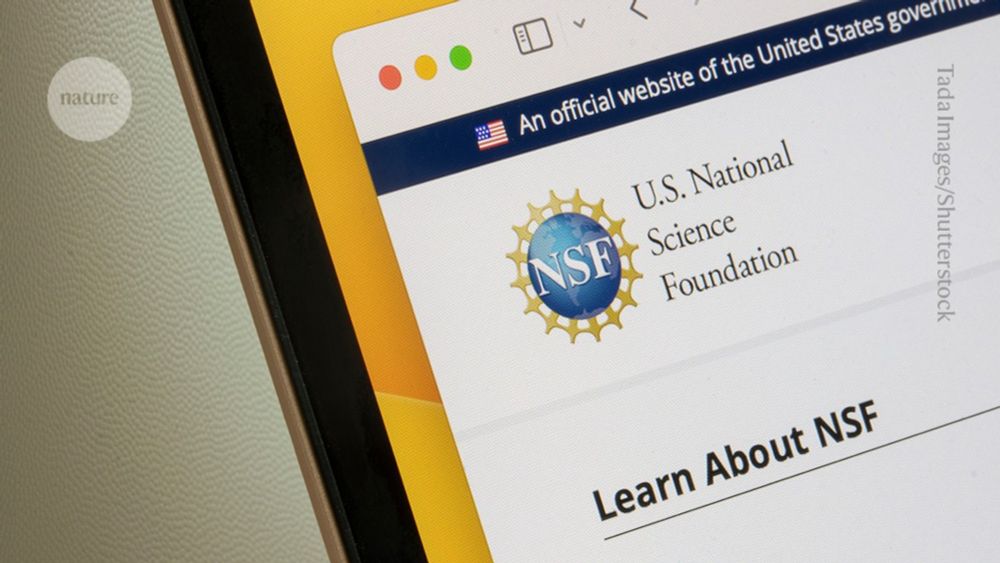Katy Reiss
@thatkaty.com
270 followers
240 following
94 posts
🎙️Co-host of the Wildly Curious podcast🦑🦍
Nature nerd 🪼 | Science storyteller 🧬 |
#SciComm 🧪
Posts
Media
Videos
Starter Packs
Reposted by Katy Reiss
Katy Reiss
@thatkaty.com
· Apr 3
Reposted by Katy Reiss
























